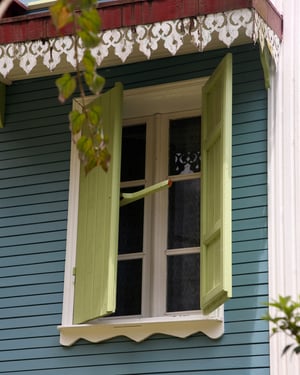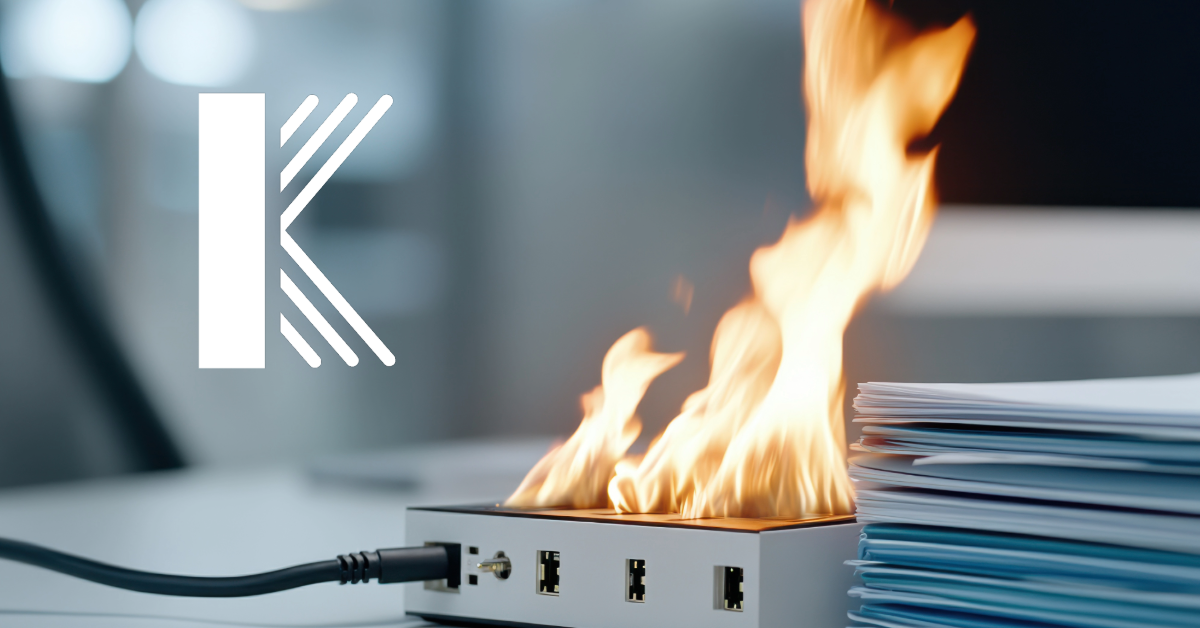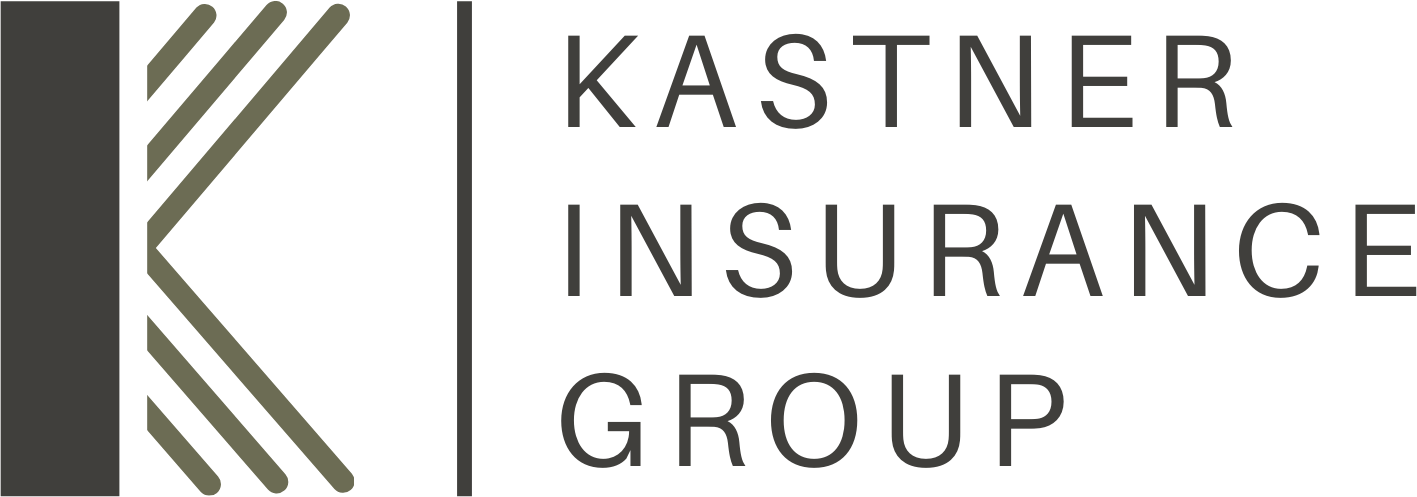5 min read
What is the difference between DP1, DP2, DP3 coverage?
Levi Kastner
Apr 18, 2022 4:08:23 PM

DP1 Insurance Policy (Basic Coverage)
Note: This information is for educational discussion purposes only. You must read your policy for specifics related to your coverage.
The DP1 insurance policy is the most (Basic) insurance policy available for primary homes, secondary, camps, and rental properties, and covers losses at Actual Cash Value (ACV).
This policy is often referred to as Dwelling Fire or Property Form 1, or DP1 insurance or Basic Coverage. It provides very basic insurance coverage for properties, is considered the least comprehensive, and covers you for named perils.
DP1 Insurance is Named Risk Insurance
The DP1 insurance policy is a named perils insurance policy. This means that all the perils that are insured are specifically listed (or named) in the policy itself. The insurance coverage is restricted to the perils that show up in the policy. The DP2 insurance policy is also named risk, although its list of perils is much more extensive than the DP1's list.
Common DP1 Named Perils (Basic Coverage)
As referenced above, the DP1 policy only covers the perils listed in the policy. The following perils are the most common perils that are insured against with DP1 insurance
- Fire
- Lightning (natural electricity)
- Windstorm or Hail
- Explosion (no coverage for bursting pipes or rupture of pressure relief devices)
- Smoke (sudden and accidental loss or damage – no coverage for agricultural smudging or industrial smoke)
- Riot or civil commotion
- Vandalism or malicious mischief
- Vehicles or aircraft
- Volcanic action (excludes removal of ash or other debris that does not cause direct damage)
- Sinkhole collapse (excludes cost of filling or collapse into man-mad underground cavities
If the peril is not specifically listed, there is no coverage.
It is important to point out that not all DP1 insurance policies cover all of the perils listed above. For example, Vandalism & Malicious Mischief is an endorsement (add-on) with many DP1 insurance policies, and is not always automatically included.
The above list is what the most common DP1 insurance policy will cover. Check your actual policy before assuming all the above perils are covered.
DP1 Insurance is Actual Cash Value Insurance
Most DP1 insurance policies are Actual Cash Value (ACV) insurance policies.
This is an important distinction that needs to be understood. An Actual Cash Value dwelling insurance policy is much like a car insurance policy; the older the dwelling gets, the less it is worth. If you are a landlord and your rental property is insured with Actual Cash Value, depreciation will be deducted from any damages you are awarded after a claim.
DP2: (Broad Coverage):
DP2 or Broad coverage policies are more extensive as they include all the perils of the DP1 or Basic Coverage Plus:
- Weight of Snow, Ice, or Sleet
- Water Damage
- Falling Objects
- Glass Breakage
- Building Collapse
The alternative to ACV insurance is Replacement Cost insurance, which will not deduct depreciation from the amount you can receive for a claim.
Unfortunately, most DP1 policies will not allow you to insure your rental with replacement cost insurance.
DP1 Insurance & Price
The DP1 is typically the lowest cost insurance policy on the market, but sometimes, depending on the risk, the price difference is negligible.
If you are looking for the cheapest policy you can find, it will typically be the DP1 policy. However you should do a cost-benefit analysis of each type of dwelling insurance policy to decide which policy is the best policy for your property. Price, perils covered, and type of insurance (ACV vs. Replacement) should all factor into the insurance purchase decision
DP3 Rental Home Insurance Policy
The DP3 insurance policy is considered the best insurance policy for non-primary homes.
It is often referred to as the Dwelling Fire Form 3 or DP3 insurance, It provides excellent coverage for people who are looking to get excellent insurance for properties that aren't your primary home.
DP3 Insurance is Best Suited for Non-Primary Homes
The DP3 insurance is best suited for rental properties or non-owner occupied homes. In the past, many insurance companies used various DP products (like the DP3) to insure owner-occupied homes. In more recent years, the DP3 policy and other similar insurance policies have been used primarily to insure rentals, secondary locations, or camps while HO products (like the HO3 and the HO5) have been used primarily to insure owner-occupied homes.
Some companies have even started offering rentals with HO3 coverage, which is really just a DP3 dressed up a little to mirror your primary home policy. Always be sure to check with your agent or review your policy to see what coverage you have.
Most homeowners are not restricted from purchasing a DP3 policy to insure their homes, this is generally discouraged because not only is the coverage less comprehensive with fewer endorsements than its HO counterpart, the HO3, but also it usually not less expensive.
DP3 Insurance is All Risk Insurance (Open Perils)
Dwelling fire insurance policies come in two different policy categories; named peril policies and open peril policies. The DP1 and DP2 are named peril policies, while the DP3 is an open peril policy. Named peril insurance policies are policies that specifically list the perils that are insured under the policy. Open peril policies, on the other hand, are insurance policies that cover all possible perils, with the exception of a small list of perils excluded from the policy.
Most common exclusions of the DP3 Insurance Policy
As mentioned above, the DP3 insures all perils except for those specifically excluded from the policy. The following perils are the most common perils that are excluded from DP-3 insurance coverage:
- Ordinance or Law
- Earth Movement
- Water Damage (some may be included in the policy)
- Power Failure
- Neglect
- War
- Nuclear Hazard
- Intentional Loss
- Governmental Action
- Mold (some may be included in the policy)
- Although this list contains the most common perils not insured in a standard DP3 insurance policy, make sure to check with your agent and policy for any additional exclusions.
- DP3 Insurance is Replacement Cost Insurance
Insurance policies are either replacement cost insurance or actual cash value insurance. Actual cash value (ACV) policies typically don't insure dwellings in full because depreciation is deducted from the amount of money you can receive for a claim. If your home is old, then depreciation on the materials can prevent you from receiving thousands of dollars on your claim.
Fortunately, DP3 insurance is usually replacement cost insurance for the dwelling portion. This means regardless how old your home is, your dwelling will be repaired in full without any costs out of pocket other than your stated deductible.
Loss of Rents Included in the DP3 Policy
The standard DP3 policy in the United States comes with a similar package offered by home owner (HO) insurance policies. A typical home insurance company in the United States will include the following five sections of coverage:
- Dwelling
- Other Structures
- Personal Property
- Loss of Use
- Liability
- Medical Payments
Personal Property is an area where the DP3 differs from a similar home insurance policy. Due to the fact that the policy is used primarily for rental homes and non-owner occupied dwellings, the amount of personal property attached to DP policies is much less. For example, many DP3 insurance policies may only have enough personal property coverage to insure major appliances like refrigerators, washing machines, etc., if any at all. See your particular policy for your amount of personal property coverage.
One of the biggest differences between dwelling fire insurance and home insurance is Loss of Use and Loss of Rents. Loss of Use insurance is used primarily in home insurance policies, not dwelling fire insurance policies. Loss of Use coverage is used to cover additional expenses a homeowner may pay while her home is being repaired. Due to the fact that most DP3 insurance policies are non-owner occupied, Loss of Use coverage is not relevant.
Loss of Rents, on the other hand, is an important part of many DP3 policies. Loss of Rents coverage is meant to provide the insured (owner of the policy) with continuing rental income while the home is being repaired due to damage from a covered peril. Without Loss of Rents coverage, if your rental property gets damaged and your renters have to move out while the home gets repaired, you will never collect the rent from those months. Loss of Rents prevents this from happening, by continuing to pay you, the landlord, your rental income while the home is repaired.
Always make sure to review your policy with your broker or agent and we are always here to help.
-2.png?width=600&name=Full%20Logo%20-%20Color%20-%20Kastner%20Insurance%20Group%20(1)-2.png)
Lafayette Insurance, affordable insurance, truck insurance, auto insurance lafayette la, commercial insurance, commercial insurance louisiana, marine insurance, hull insurance

Why You Need an Umbrella Policy: Protecting Your Assets and Peace of Mind
Umbrella Policy: What is it, and why should you have one?

2 min read
Protecting Chiropractic Offices in Louisiana from Fire Damage with Property Insurance
Dr. Alvarez had been running his chiropractic office in Baton Rouge for years without issue. But one Friday evening, an electrical fire in a...




